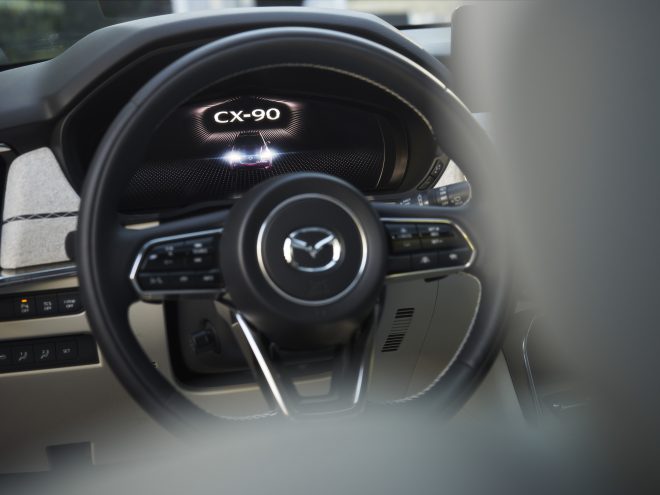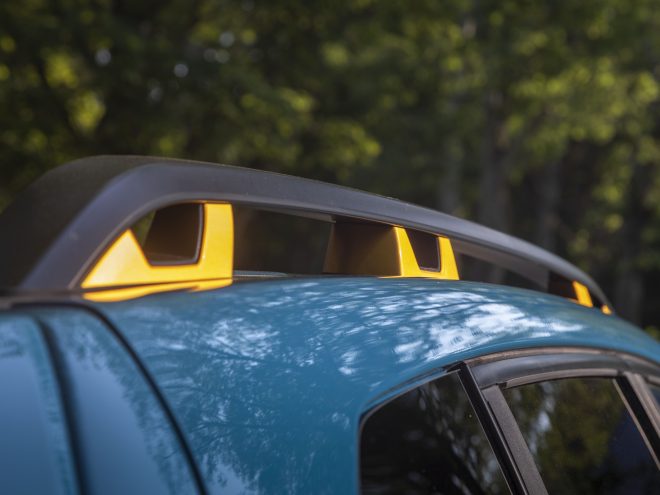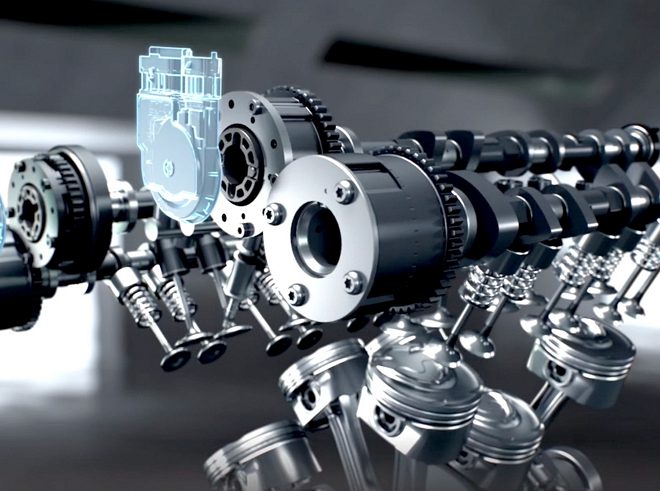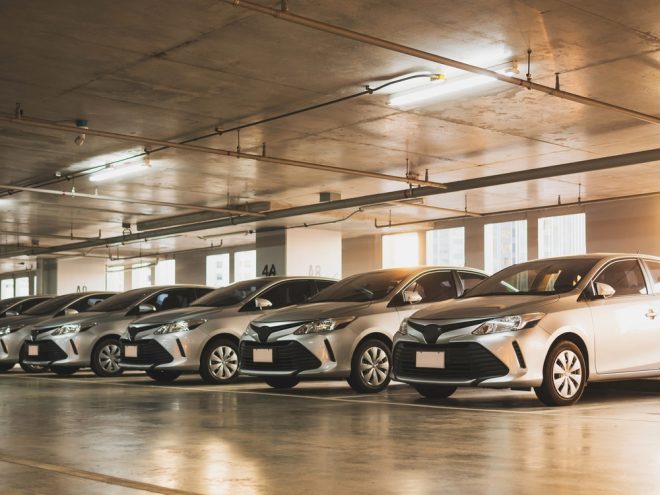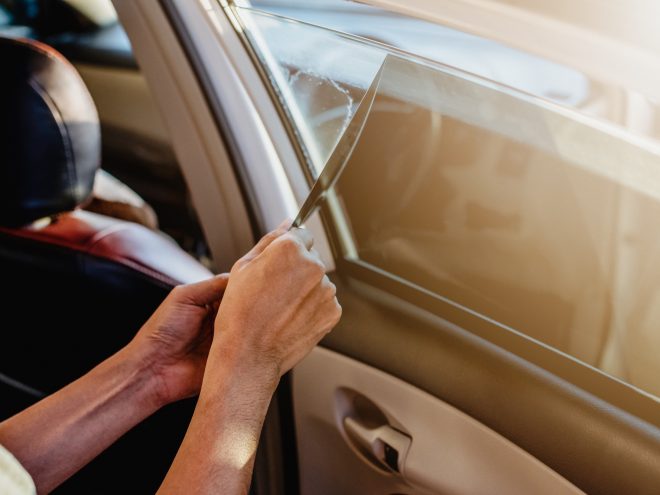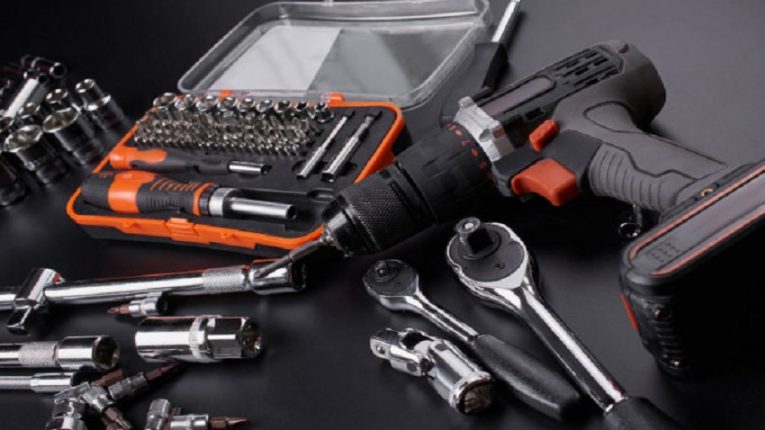
Basic Car Maintenance You Can Do Yourself
You don’t need to be a mechanic to keep your car in good shape. With just a little knowledge and time, you can perform basic car maintenance tasks yourself. You’ll be able to recognize when something is about to go wrong with your car so that you can get it fixed before the problem gets worse and saves you the cost of a more extensive repair. Moreover, performing basic maintenance yourself will help you save money on repairs down the road by extending the life of your car and reducing future repair costs. Arguably, the most essential part of any car is its engine; without an engine, a car cannot run. That being said, many different car parts can go wrong if they aren’t adequately maintained – especially if the owner doesn’t have much previous knowledge of cars! However, with the correct information, anyone can learn how to take care of their vehicle to keep it running for as long as possible – and even save money on future repairs.
What is basic car maintenance?
Car maintenance refers to regular upkeep that helps extend the life and functionality of your vehicle. These simple tasks will take very little time or money and can go a long way towards keeping your car in good condition. In addition, they will help save you money in the long run by avoiding more extensive repairs. Many different things need to be maintained in a car. They include the engine, the tires, the fluids, the belts, the battery, the brakes, the exhaust system, the transmission, and the cooling system. An excellent way to know what essential car maintenance entails would be to read your car’s repair model. For example, the Ford repair manuals detail how to diagnose and repair your vehicle.
Change your oil regularly
The oil in your car is incredibly important; without it, your engine would quickly burn up. It’s the oil’s job to keep the moving parts of your engine separated so that there is less friction and wear and tear on the engine itself. Your car’s manufacturer will recommend how often you need to change the oil, but it’s a good idea to change it at least every 3,000 miles. Every model of car is different, so if you own a Toyota, you should get an expert Toyota oil change to ensure the right oil is used. It’s important to note that you should change your oil at the recommended interval even if your car isn’t showing any trouble. Oil has a limited lifespan, and if you wait too long to change it, it may not be able to protect your engine as well as it should. Low-quality oil may even cause damage to your engine, which would cost much more to repair.
Regularly check your car’s paint
Check for scratches on your car. You can buy a touch-up paint kit online for little problems. You can do that without hiring a specialist. If you are aware of your car’s paint code, you can search for it to determine the precise color for it. If you are unable to identify the paint code in any other manner, such as by finding the precise match of red to mend scratches on your Toyota, you can search for it by using the make and model of the car.
Check your tire pressure
Tires are the only thing connecting your car to the road. If your tires are worn out or not properly inflated, you’re putting yourself and others on the street in danger. It’s recommended that you check your tire pressure once a month or once every 2,000 miles. If you have a standard car, you can narrow your tire pressure with an inexpensive tool available at most auto parts stores. You can also use a free smartphone app, such as the one offered by your car manufacturer. If you drive a truck or SUV, you may need special equipment to check your tire pressure.
Get your car’s brakes checked
Brake pads are designed to be replaced every so often, depending on the make and model of your vehicle. Once the brake pads are worn out, they will need to be replaced before they lead to an accident. Severely worn-out brake pads will make a squealing or grinding noise as you apply the brakes. You should check your brakes whenever you go in for an oil change. While there, your mechanic can inspect the wear on your brake pads and let you know when you’ll need to get them replaced. Many mechanics will offer to do a brake inspection as part of an oil change service. While this is helpful, ensure you know exactly what they are checking for. Some shops only fit for a skinny layer of pad left, which isn’t safe to drive on but isn’t necessarily a sign that you need to replace your brakes immediately.
Inspect the fluids in your car
Many different fluids are necessary to keep your car running smoothly. Transmission fluid, power steering fluid, coolant, and brake fluid are just a few fluids that must be checked and changed regularly. If you don’t know how often a particular fluid needs to be changed, your mechanic can let you know. If you’re familiar with what each fluid does, it’s easier to tell when it needs to be changed. Coolant and transmission fluid is bright orange, making them very easy to spot. You may be able to smell when something needs to be changed; for example, you would know something is wrong if you smell burning rubber from your brakes.
Rotate And Replace Your Tires
All tires will wear out eventually, but rotating them will extend their lifespan. It would help if you turned your tires every 5,000 miles or once every six months. This helps distribute the wear and tear on each tire more evenly, increasing their lifespan. When you rotate your tires, you’ll temporarily remove one of your wheels. It’s best to do this at a mechanic’s shop. They use special equipment to safely remove and replace the tires and balance them to ensure they all rotate at the same speed. Tires are expensive, and high-quality tires can cost hundreds of dollars. However, they will last much longer than cheap tires. A good rule of thumb is that cheap tires will last about 10,000 miles, while high-quality tires will last up to 50,000 miles.
Check Your Battery
A car battery provides power to the starter motor, which turns the engine over and gets it running. If your car’s battery isn’t fully charged, it may not be able to get the engine started. To check the health of your battery, you can do a few things. First, you can touch the terminals with a wrench to see if there’s any current flowing through the storm. Next, you can use a hydrometer to check the battery’s electrolytes level. Finally, you can test your battery with a voltage meter. If your battery is past its lifespan, you can replace it yourself. This relatively simple process can be done with a wrench and a new battery. However, before buying a new battery, check your car’s manual to ensure your car’s electrical system can handle a new battery.
Check Your Shocks And Suspension
Shocks and struts are designed to help keep your car’s wheels in contact with the road. They control how much each wheel moves up and down when the vehicle drives over bumps. If your shocks and struts are worn out, they won’t be able to properly absorb bumps in the road, which can lead to poor handling and a bumpy ride. The best way to check the condition of your shocks and struts is to bounce your car up and down. If you can feel a jerking motion in your car as it bounces, it likely means there is a problem with your shocks or struts. You can also have a mechanic look at them for you.
Change your cabin air filter
This may not be as important as checking your oil or replacing your brakes, but it can help keep your car cleaner. Air filters are designed to catch dirt and debris so that they don’t make their way into the rest of your car. A dirty air filter can cause problems, like reduced engine performance and increased fuel consumption. It can also lead to an increase in maintenance costs since the buildup of dirt in your car’s engine will likely require earlier and more frequent repairs. You should change your car’s air filter every 12,000 miles, or about once a year. Some car models even have a light that reminds you to change your air filter. It’s easy to check your car’s air filter; most models can be accessed from underneath the vehicle.
Conclusion
Luckily, car maintenance doesn’t have to be complicated or expensive. You can perform many of these tasks yourself at home or while waiting at the mechanic’s shop. It’s essential to keep up with your car’s maintenance, especially if you want it to last a long time. Regular maintenance is the best way to prevent costly repairs later on.
